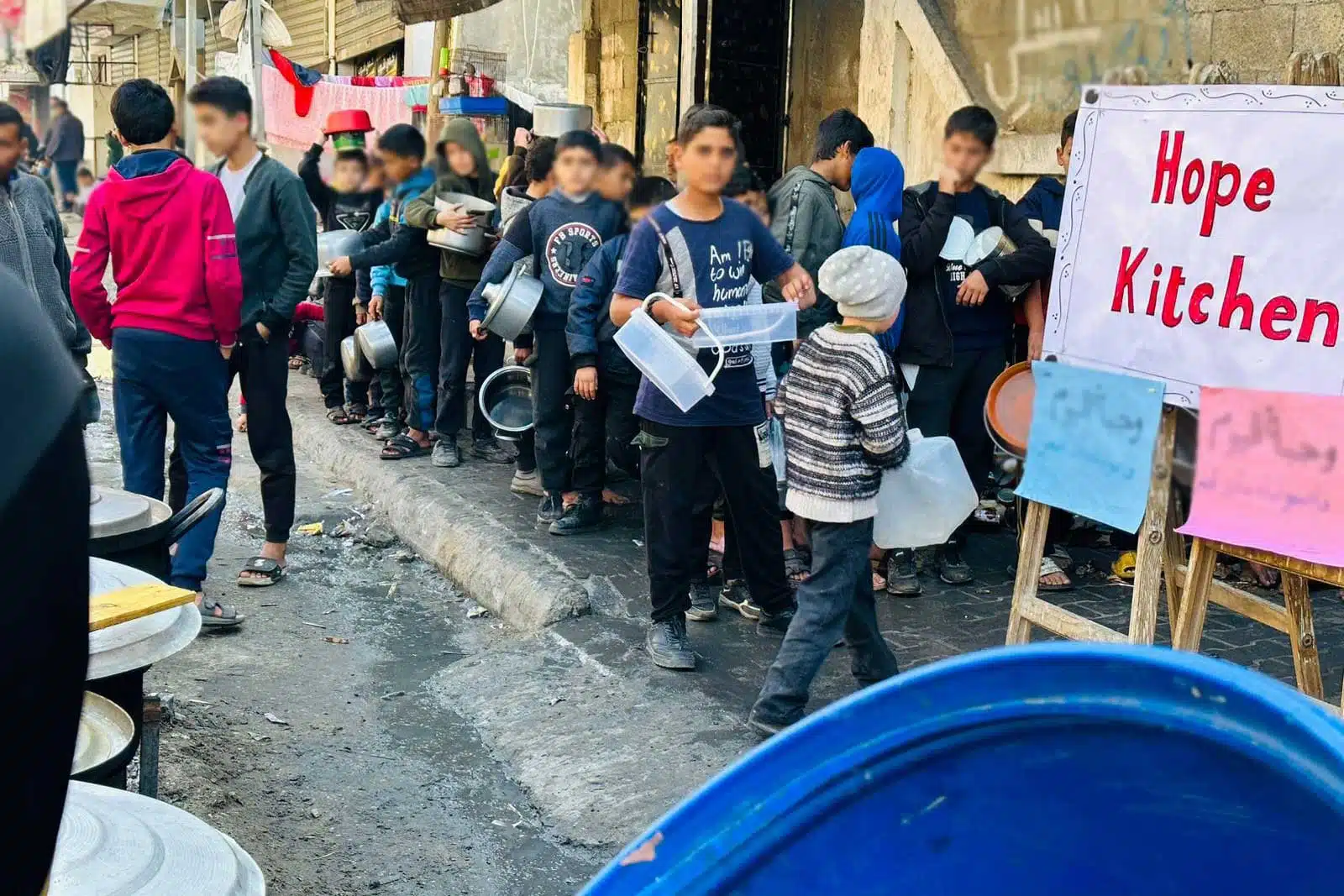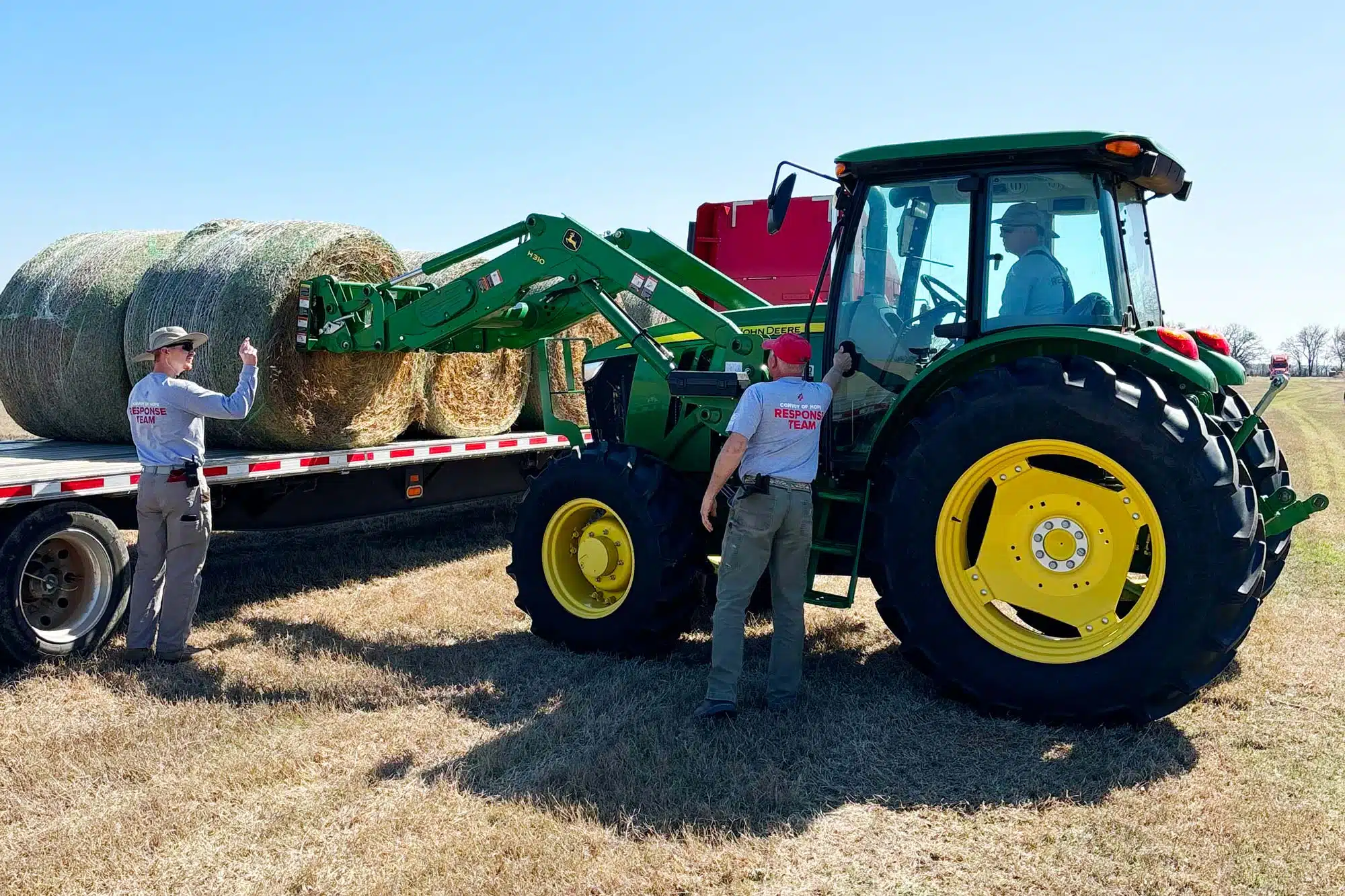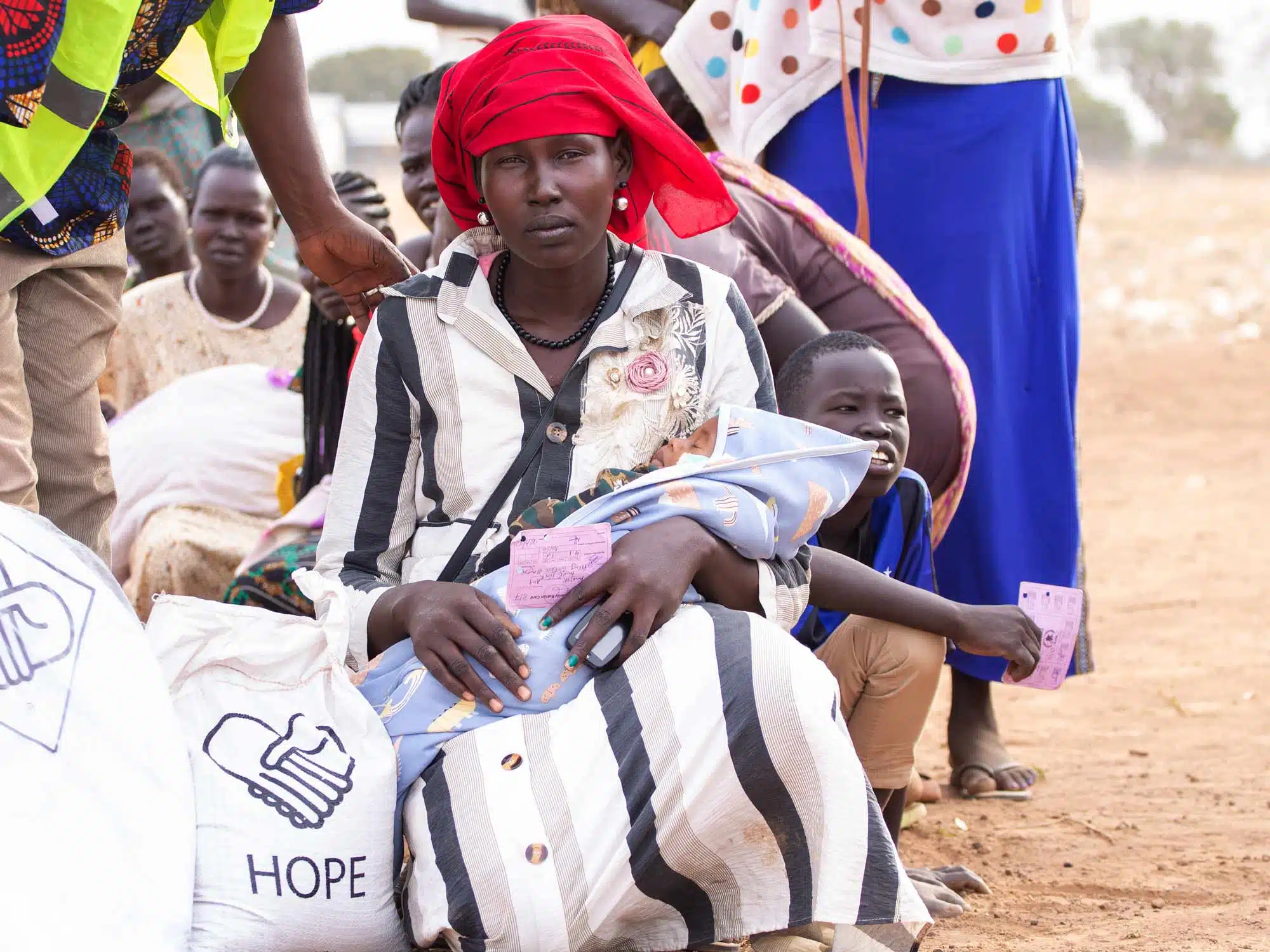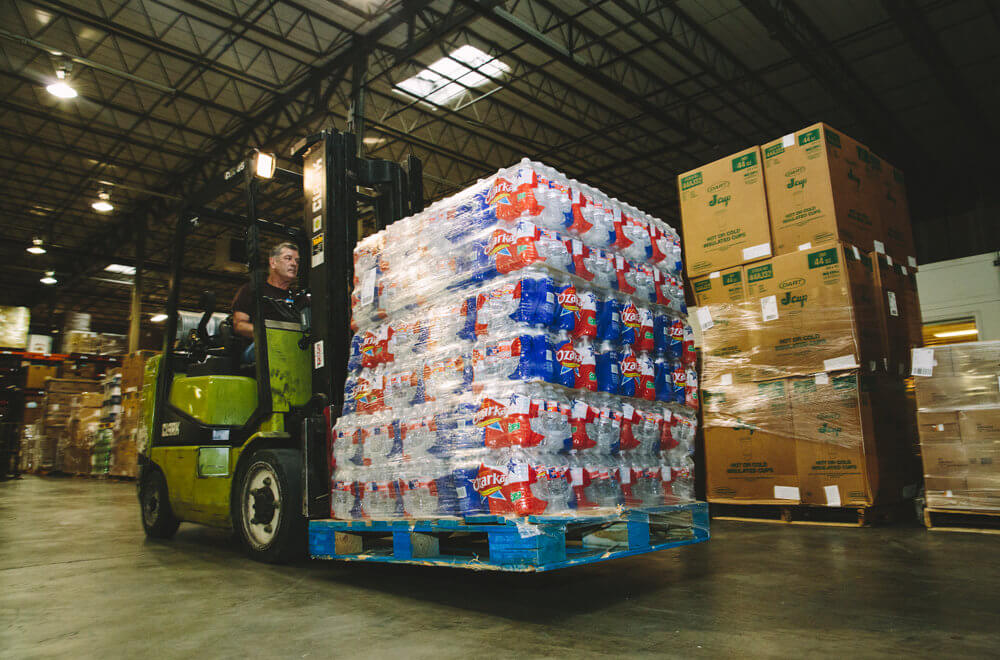Look around you, and you’ll quickly observe both prosperity and need, but does your social awareness include the stark reality of food insecurity?
It casts a shadow over millions of lives. Imagine the unending stress if you’re unsure where your next meal will come from.
Food insecurity is not a distant problem; it’s a pressing issue that affects communities globally and right here in the United States.

In this article, we delve into the often unseen dangers of food insecurity and explore its underlying causes. But, more importantly, we empower you with practical ways to make a difference.
From understanding how to support local food banks to identifying impactful nonprofits dedicated to this cause, you will discover tangible steps you can take to help feed the hungry.
Join us in unraveling this critical issue and learn how even the smallest actions can contribute to a larger change, ensuring that fewer tables are left without nourishment.
The Dangers of Food Insecurity
Food insecurity refers to the lack of consistent access to enough food for an active, healthy life.
It is often associated with the uncertainty of having, or being able to acquire, sufficient food due to insufficient money or other resources.
And it’s not just about the absence of food, but also about the absence of the right kind of nutritious food.
Think of how your parents wouldn’t let you just pig out on candy as a kid. Eating nothing but sugar might fill you up, but you would miss out on the vitamins and other nutrients your body needs to function properly.
Similarly, in parts of the world fighting food insecurity, one food staple might be readily available, such as rice. But the spectrum of vegetables and proteins needed for good health might be in short supply or priced out of reach for many families.

Insufficient nutrition leads to a host of health and social problems, impacting children and adults alike.
Causes of Food Insecurity: Top 5 Most Common

1. Economic Instability
One of the primary drivers of food insecurity is economic instability.
Unemployment, underemployment, and low wages can lead to insufficient financial resources, making it challenging for individuals and families to afford adequate and nutritious food.

2. Agricultural & Environmental Challenges
Environmental factors significantly impact food production. Climate change, natural disasters, water scarcity, and land degradation can reduce food availability, leading to food insecurity. Moreover, the lack of sustainable agricultural practices exacerbates this issue.
Beyond providing food resources in regions where food is scarce, some organizations intervene with more permanent solutions. Convoy of Hope, for example, continues to expand its Agriculture initiative around the world.
Convoy’s agriculture specialists study the unique soil and climate conditions in a region, then help local farmers develop best practices to achieve successful crops.

3. Conflict & Political Instability
Areas affected by conflict and political instability often face significant disruptions in food production and distribution.
This instability can lead to increased food prices and limited access to food, contributing to higher rates of food insecurity.

4. Socioeconomic Disparities
Socioeconomic inequalities play a crucial role in food insecurity. Marginalized and vulnerable groups often have limited access to quality food due to systemic inequities, discrimination, and poverty.
These disparities can result in uneven food distribution and accessibility.

5. Poor Infrastructure & Distribution Systems
Inefficient food distribution systems and inadequate infrastructure can hinder the transport and storage of food, leading to food wastage and reduced access to food, especially in remote or underserved areas.
Understanding these five causes is crucial in developing effective strategies to combat food insecurity.
By addressing economic, environmental, political, social, and infrastructural challenges, we can take significant steps toward ensuring food security in a region with significant unmet nutritional needs.
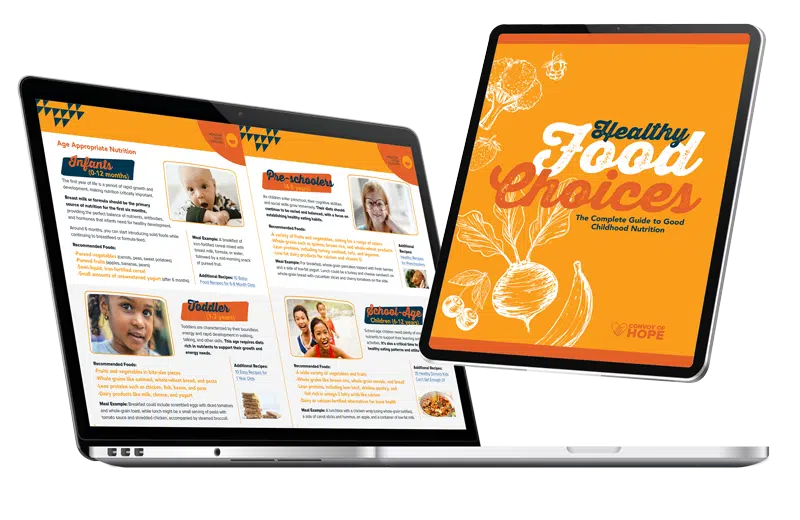
Healthy Food Choices
A comprehensive overview that not only explores the importance of good nutrition but also provides practical advice on how to implement it in your children’s lives.
Topics Include:
— Effects of Good and Bad Nutrition
— Age-Appropriate Nutrition
— Creating a Meal Plan (with examples!)
— Childhood Hunger and Insecurity
— Next Steps and Additional Resources
Download Our Healthy Food Choices Guide!
Gain a deeper understanding of good nutrition for children or all ages with our comprehensive e-book.
"*" indicates required fields
How Can You Feed the Hungry?
You might wonder, “How can I help feed the hungry?” The answer lies in collective and individual actions.
Consider the following five strategies:
1. Organize a Food Drive
Food drives are a powerful way to gather food for those in need.
By organizing or participating in a food drive, you can collect a variety of nutritious items — including pantry staples like canned vegetables, dried beans or rice, and peanut butter — to distribute food to the hungry.
2. Support Feed the Hungry Organizations
Many organizations dedicated to feeding the hungry rely on support from the public. Donating funds or food items to these organizations can significantly bolster their efforts to provide meals to those in need.
If an organization catches your eye during your research, investigate how well they are rated with your local Better Business Bureau or an online service like Charity Navigator. A reputable organization will offer detailed explanations of how a donation is used.
For example, they might list percentage of your donation needed for administration expenses and the percentage that goes directly toward a stated need.
3. Discover Volunteering Opportunities
Offering your time to volunteer with local food banks, soup kitchens, or other feeding programs is a direct way to contribute. These volunteer opportunities often include tasks like food preparation, distribution, and organizing donations.
At Convoy of Hope, for example, the Hands of Hope program gives volunteers the chance to pack food and other relief resources at Convoy’s World Distribution Center.
Other volunteer opportunities at Convoy allow people across the country to prepare resources tailor-made to meet critical need.
4. Leverage Social Media
Social media can be a powerful tool in raising awareness and mobilizing resources for hunger relief.
Sharing information, organizing virtual food drives, and promoting the work of feed the hungry organizations can amplify efforts and encourage others to contribute.
If you have a favorite organization you support, find their dedicated social media pages and share their posts on your pages.

5. Donate at Your Grocery Store
Many grocery stores have programs that allow customers to donate food or funds at checkout. This is an easy and convenient way to contribute food to the hungry while doing your regular shopping.
Feeding the hungry is a communal responsibility, and through these five approaches, everyone has the ability and opportunity to make a difference.
Whether it’s through a food drive, volunteering, or a quick donation at a grocery store, your efforts can have a profound impact on alleviating hunger.
Nonprofits Dedicated to Feeding the Hungry
In the global fight against hunger, several nonprofits stand out for their dedication and impact.
The collective efforts of these organizations are vital in the ongoing battle against hunger.
By supporting these organizations, whether through donations, volunteering, or advocacy, each one of us can contribute to a world where fewer people go hungry.

1. Convoy of Hope
Convoy of Hope, headquartered in Springfield, Missouri, has established itself as a key player in hunger relief.
Known for its efficient disaster response and community outreach programs, it has been a beacon of hope for countless families, embodying the spirit of compassionate action.
Convoy’s primary strategy to alleviate food insecurity is the annual expansion of its Children’s Feeding initiative. In schools and other care centers around the world, more than 571,000 children receive regular nutritious meals.
This nutrition makes a difference in their ability to study and learn the skills needed to create food-secure futures for themselves. Convoy’s other initiatives also combat hunger around the world.
- • Through Women’s Empowerment, Convoy trains women to start businesses that increase their food-buying income for their families.
- • Through Agriculture, Convoy teaches local farmers and gardeners the strategies to maximize food production in their region.
- • At Community Events and Disaster Services response sites, Convoy distributes groceries and family food packs that help people make it through a food supply crisis — whether that is a job loss, hurricane, or a regional conflict.

2. Feed the Hungry
Feed the Hungry has made a global impact, providing meals and hope to impoverished areas around the world.
Their work transcends borders, ensuring that the most vulnerable communities receive the nutrition they desperately need. Feed the Hungry has delivered more than $500 million of food and supplies to hungry, hurting people in 92 nations.
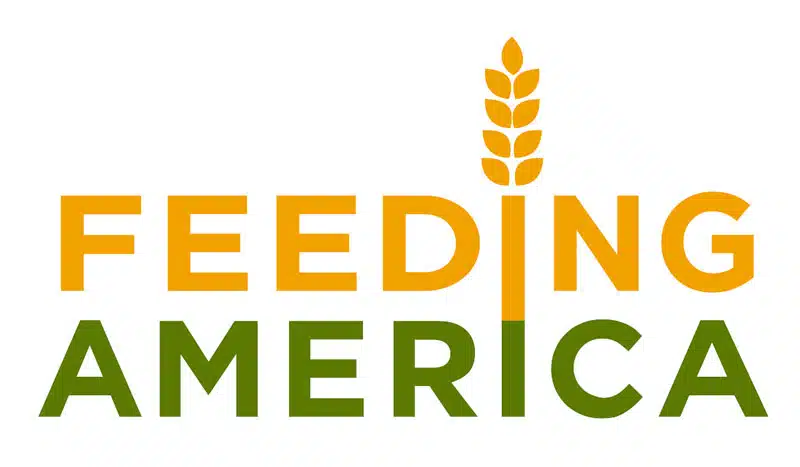
3. Feeding America
As one of the largest hunger-relief organizations in the United States, Feeding America operates an extensive network of food banks and pantries.
Their efforts ensure that millions of Americans, including children and seniors, have access to nutritious food. Throughout its efforts, Feeding America tries to keep the national nutritional need front and center — that 44 million people face hunger across the U.S., including more than 13 million children.

4. Feed the Hunger
Feed the Hunger, a Christian mission, focuses on feeding both the physical and spiritual hunger of the needy, especially at-risk children.
Feed the Hunger is committed to embodying the essence of “Bread of Life” and “Mouth of God” as mentioned in Isaiah 58. The ministry achieved a key milestone recently — packing 45 million meals cumulatively since they began feeding hungry people in Haiti following the devastating earthquake of 2010.

5. No Kid Hungry
No Kid Hungry is dedicated to eradicating child hunger in America. No Kid Hungry does not buy food itself, but carefully structures grants to schools and communities so they can get the food and equipment they need to feed children.
Since early 2020, No Kid Hungry has provided more than $120 million in grants to communities across the country to help them feed children. When schools were closed during the pandemic, No Kid Hungry grants were used to buy meal carts, temperature-controlled containers, vehicles, and packaging to deliver prepackaged meals to millions of children.
Next Steps
To help feed the hungry is to act as the hands and feet of compassion in the world. Whether through donations of food, participating in a food drive, or simply spreading the word, every action counts.
Determine that you will get involved in the noble cause of feeding the hungry.
- • Support these organizations, and others committed to feeding the hungry, in any way you can.
- • Help spread the word about their life-changing work.
Together, we can make a difference in the lives of those facing hunger.
